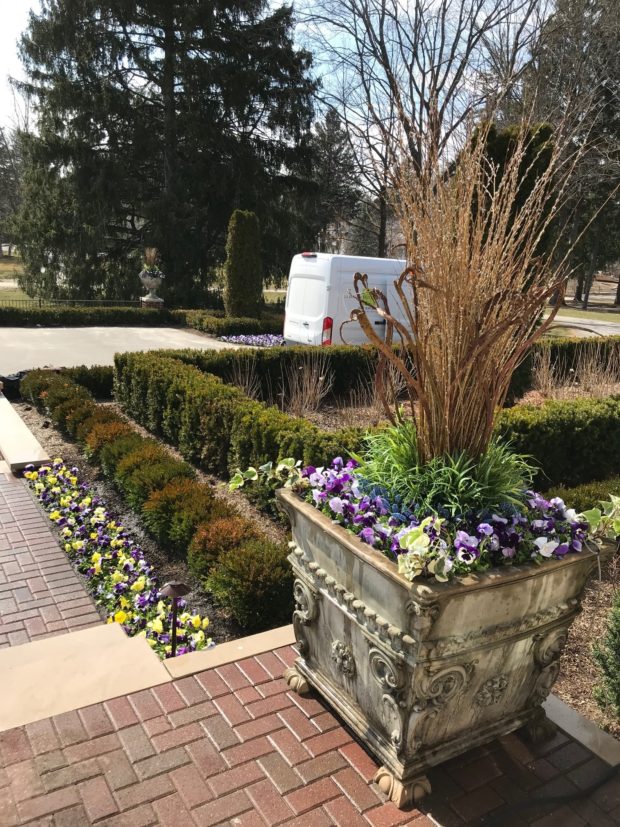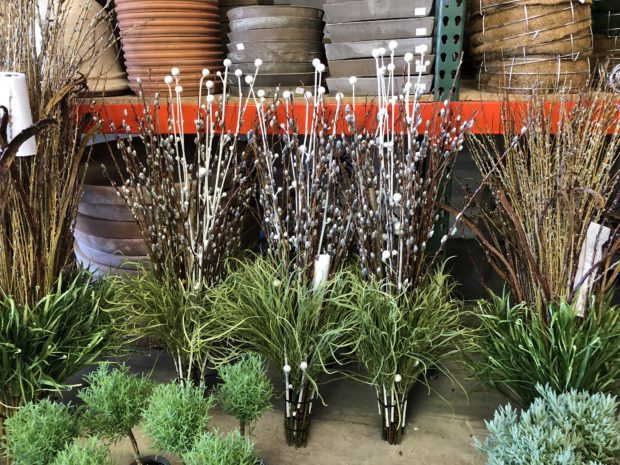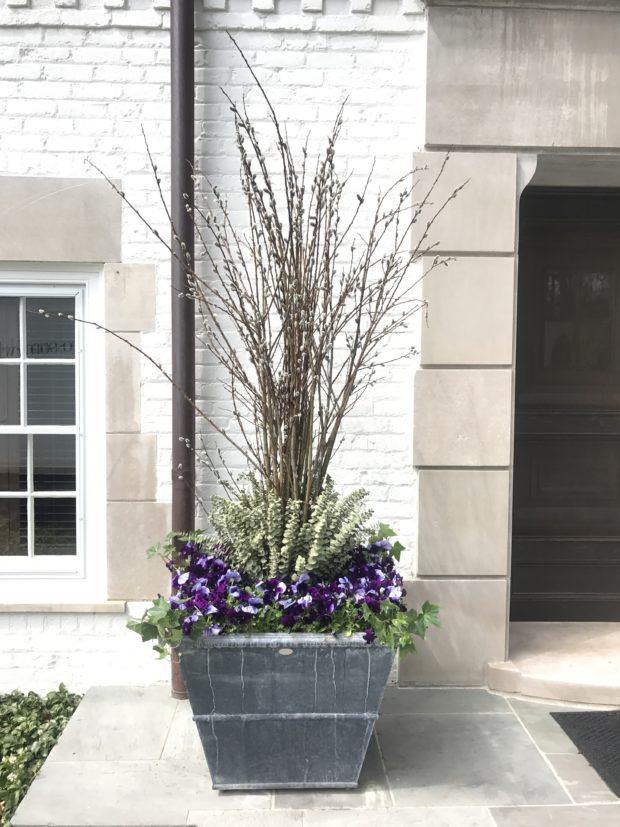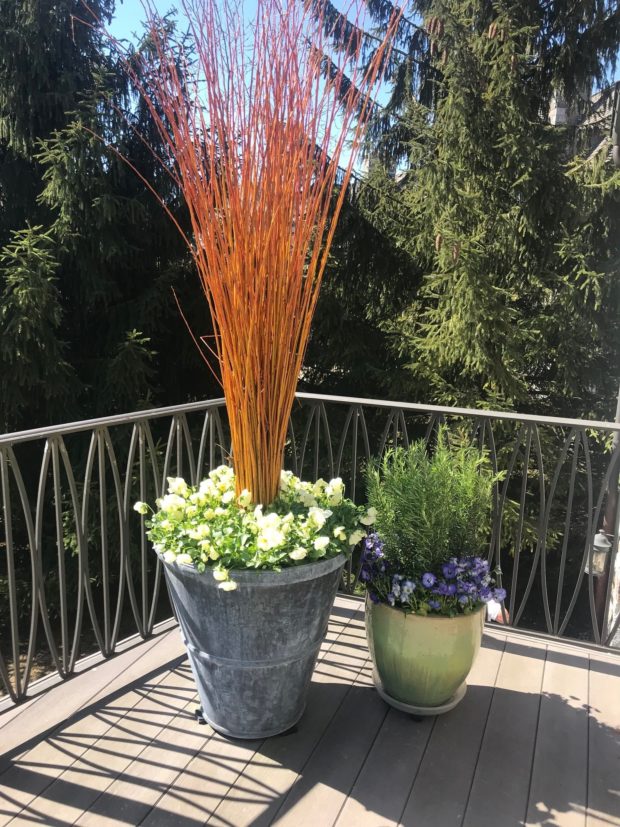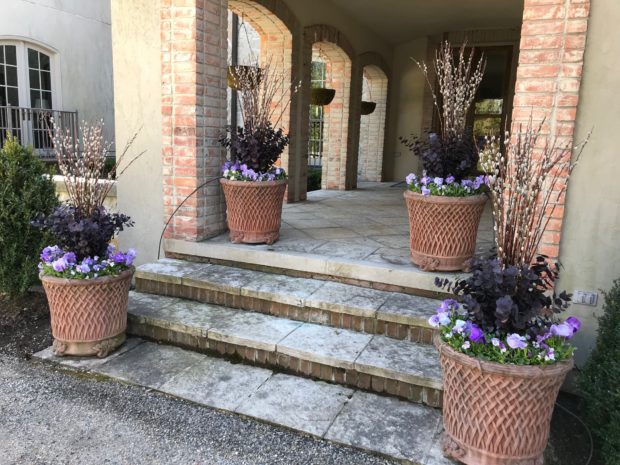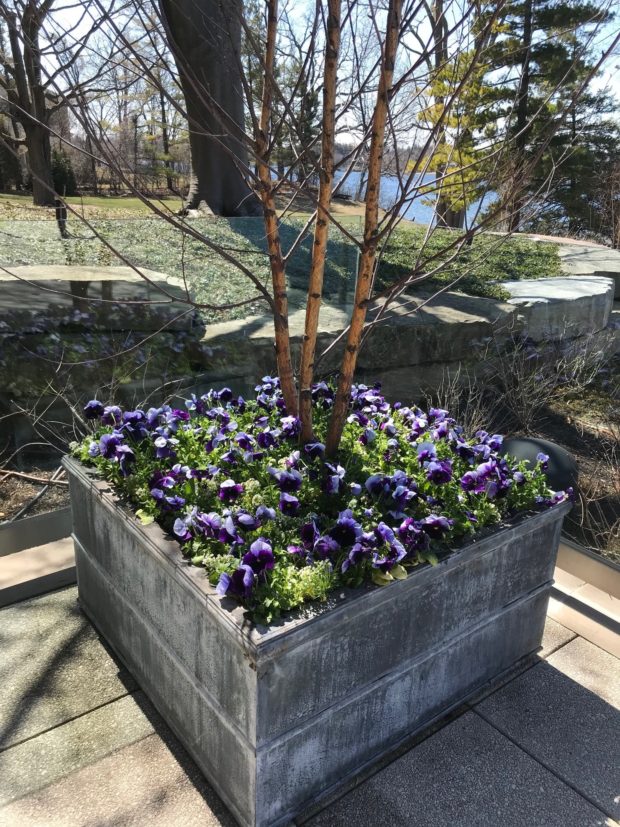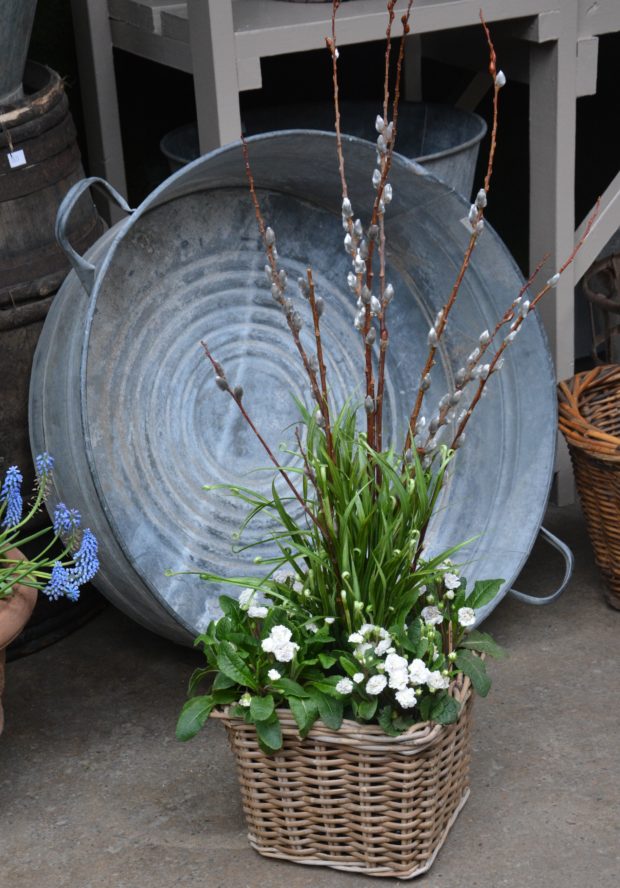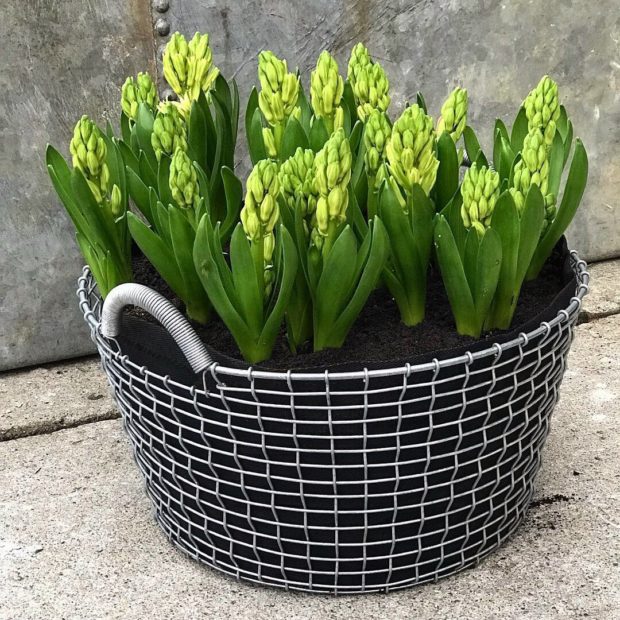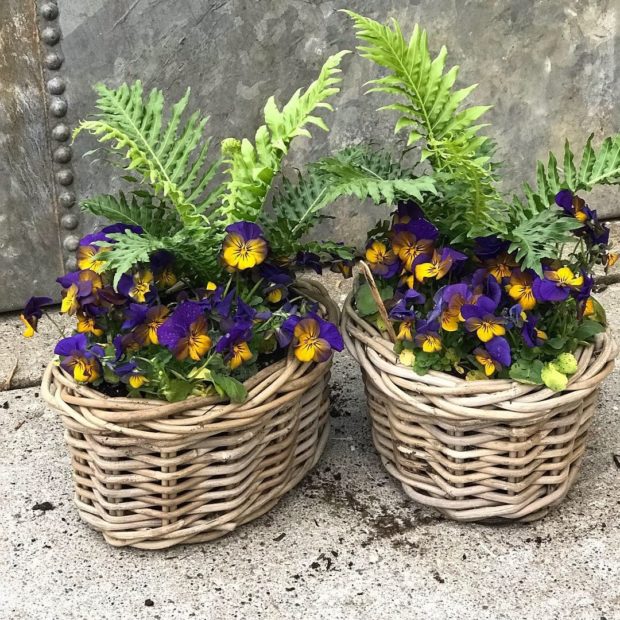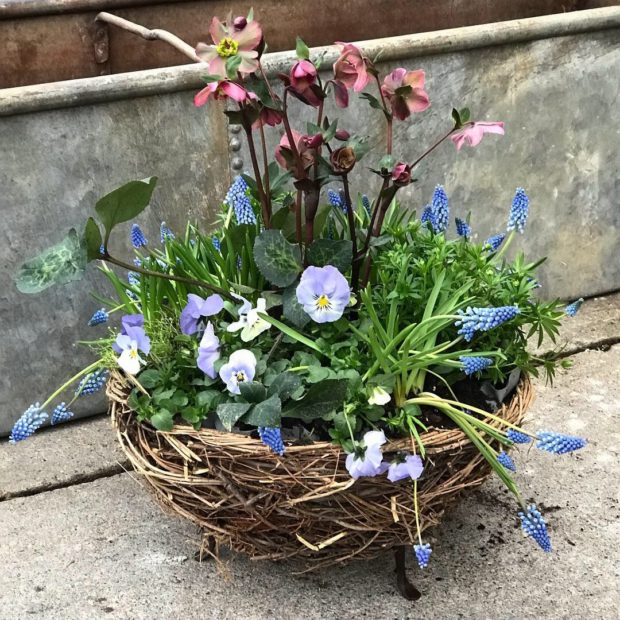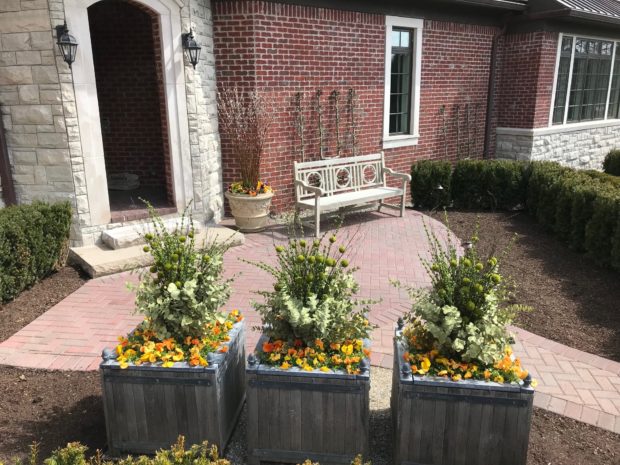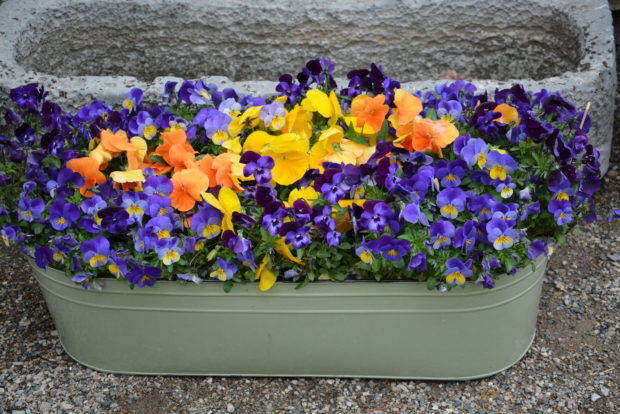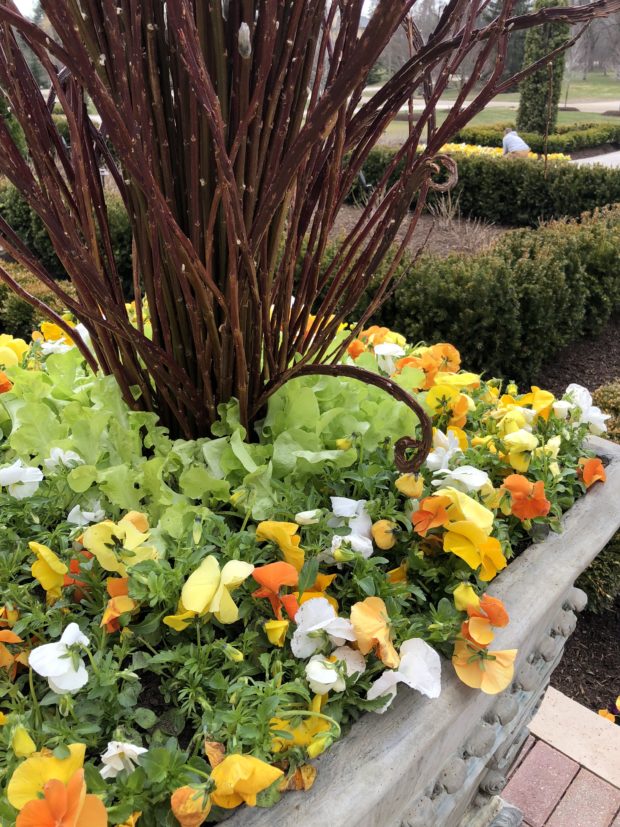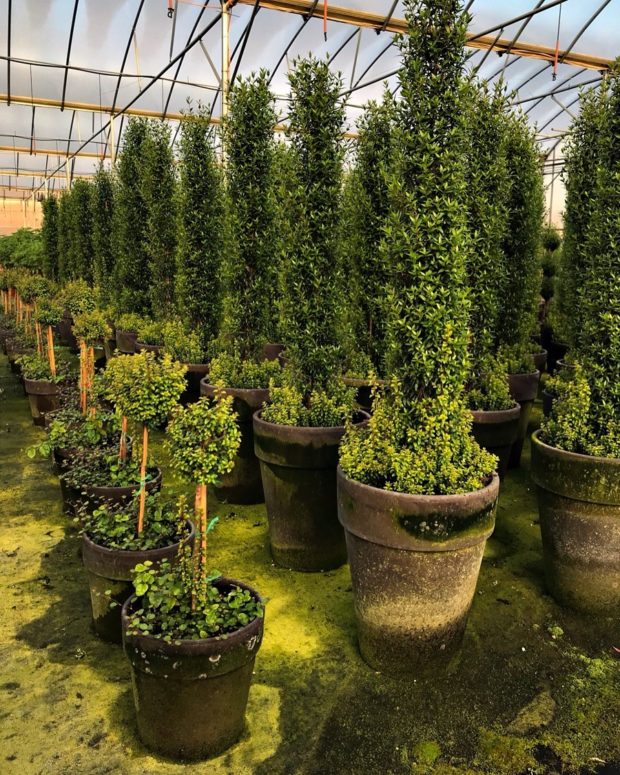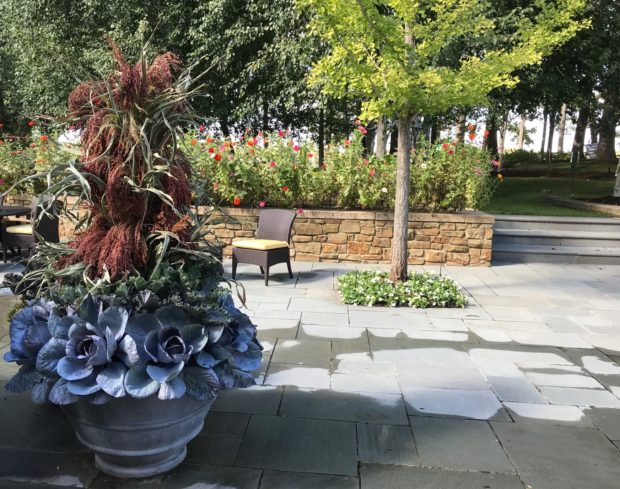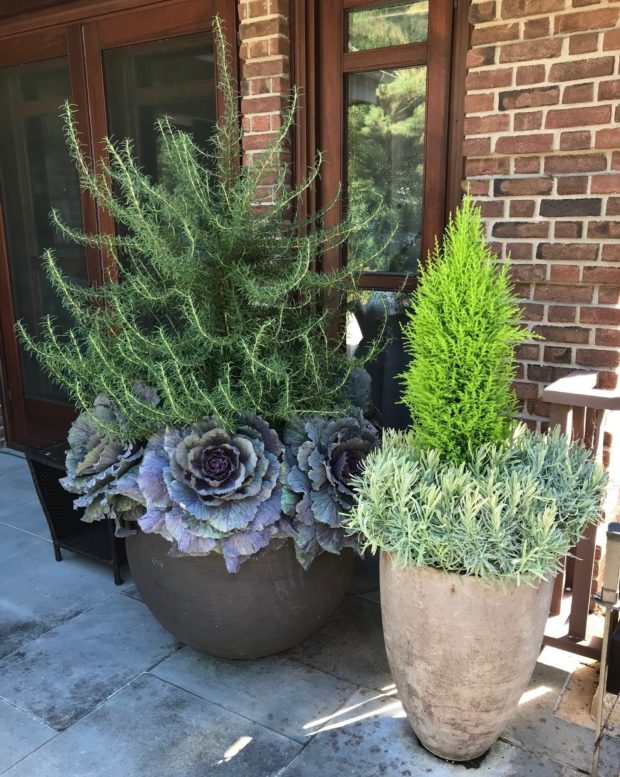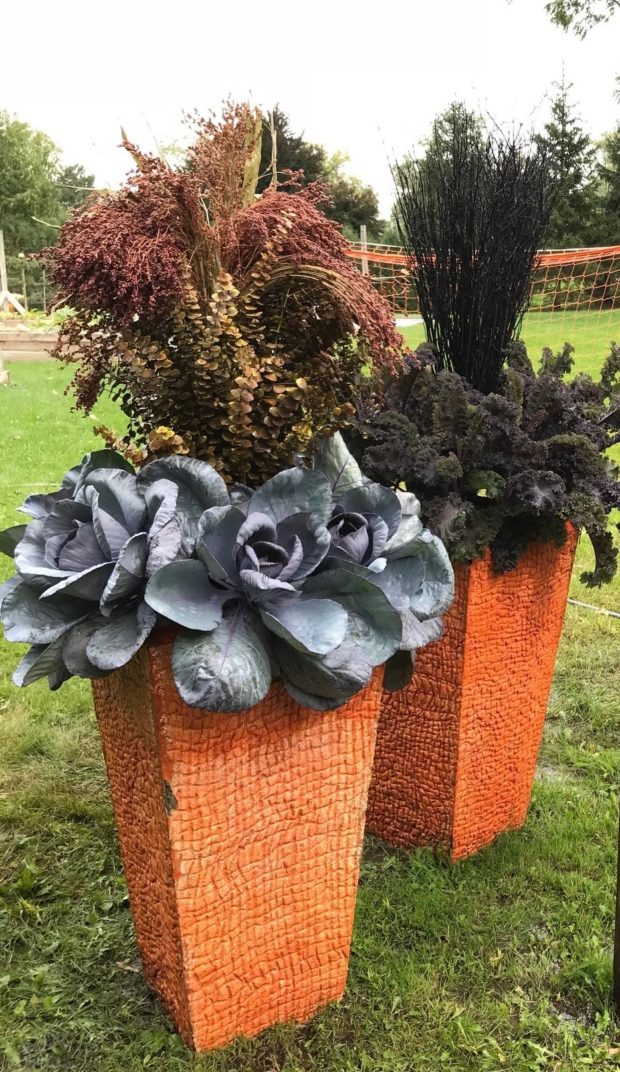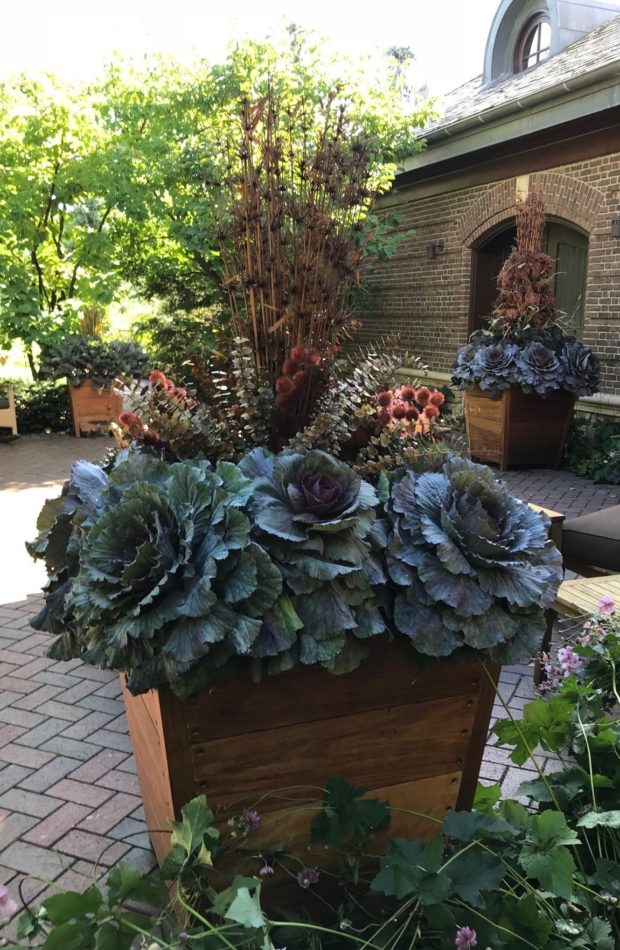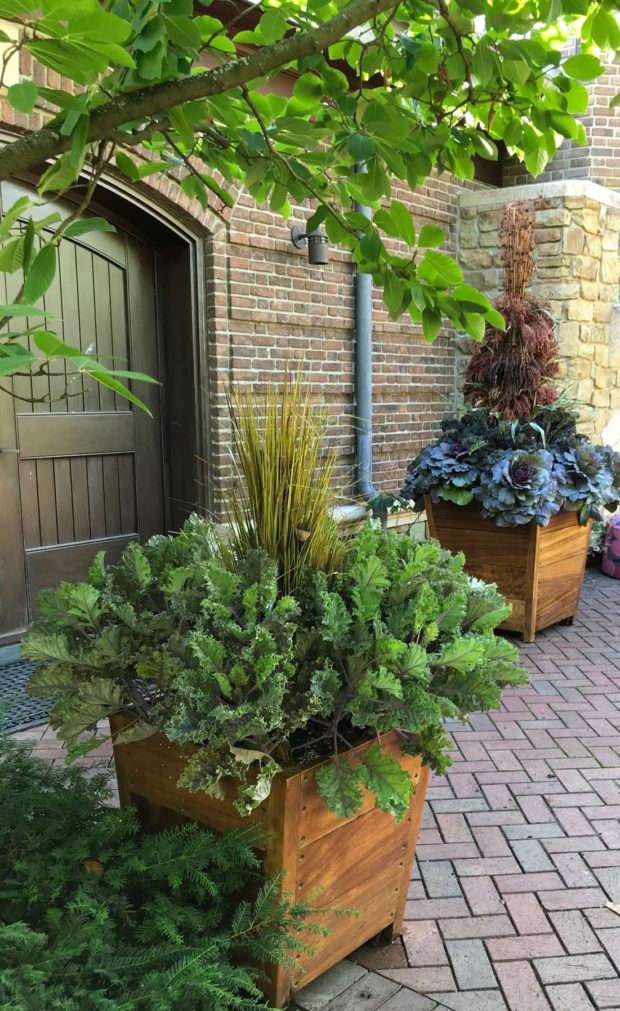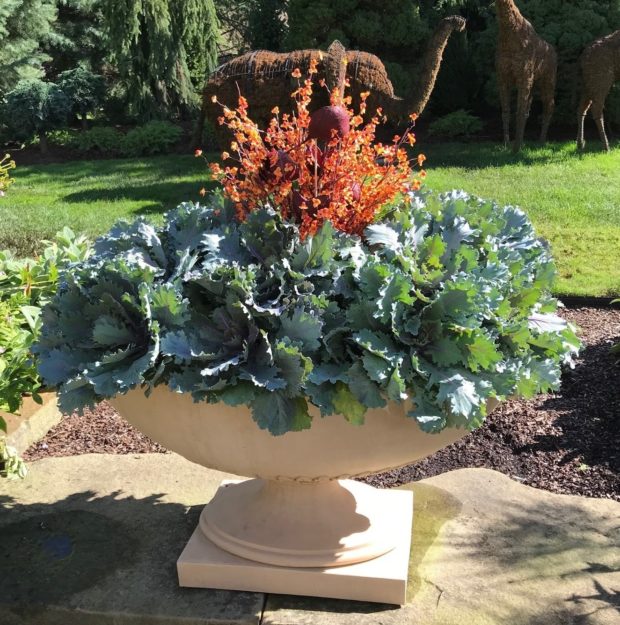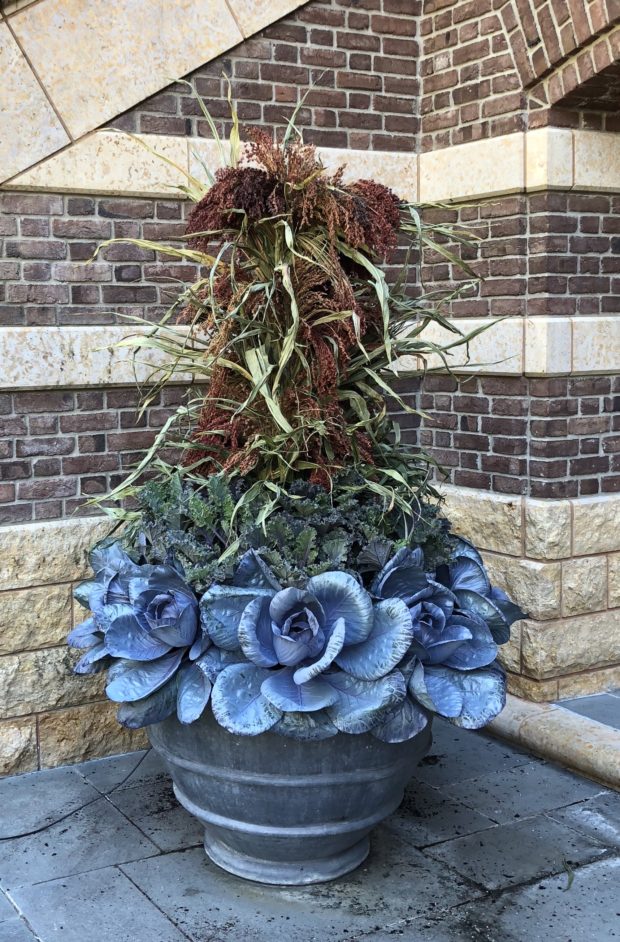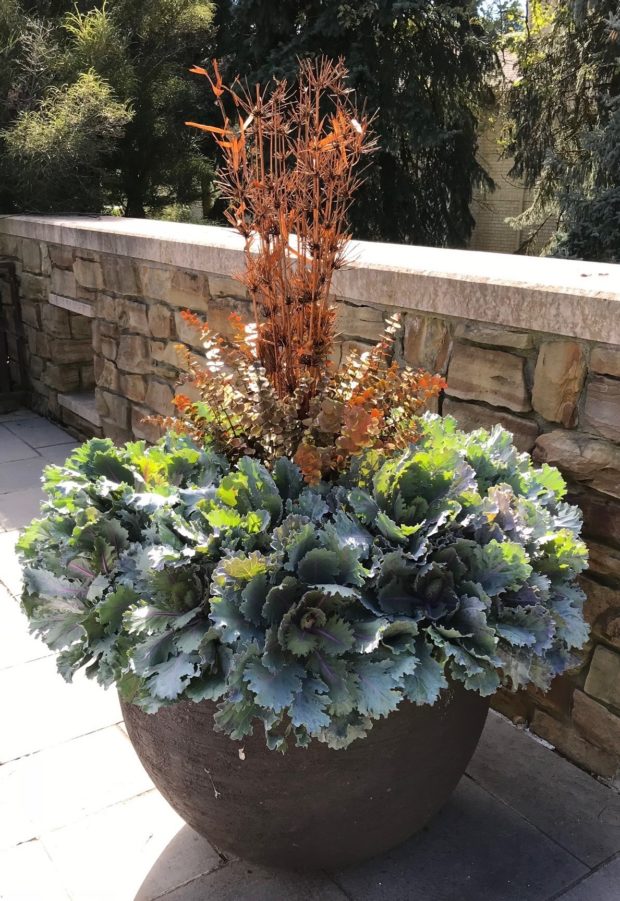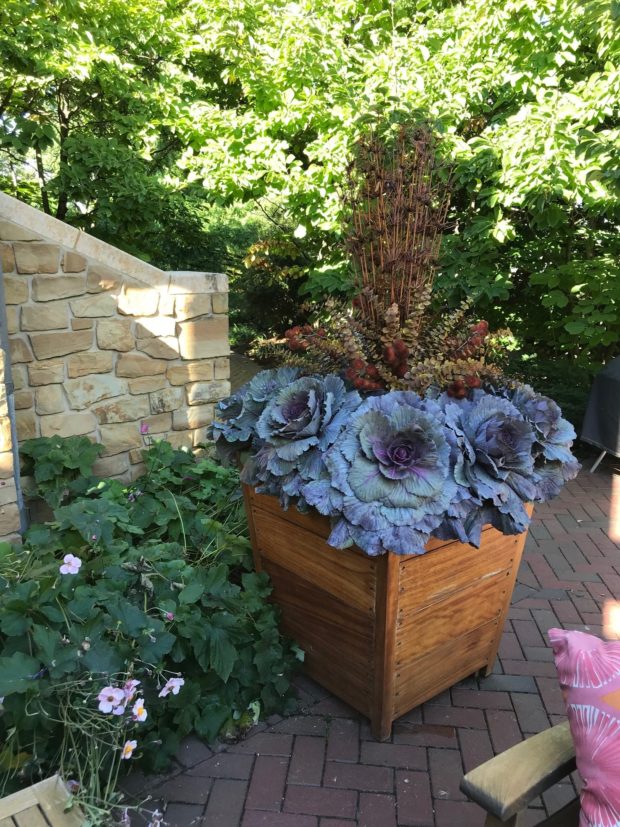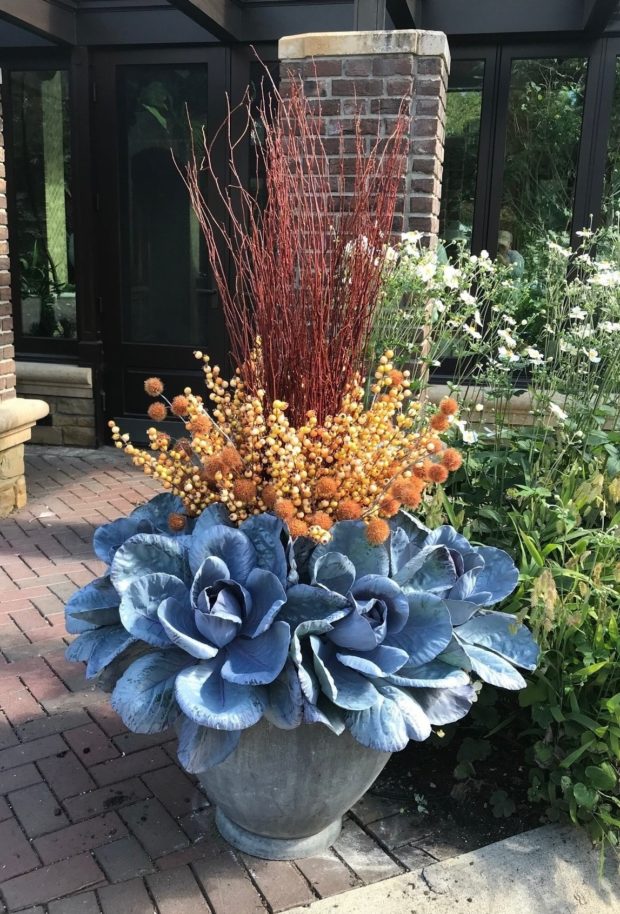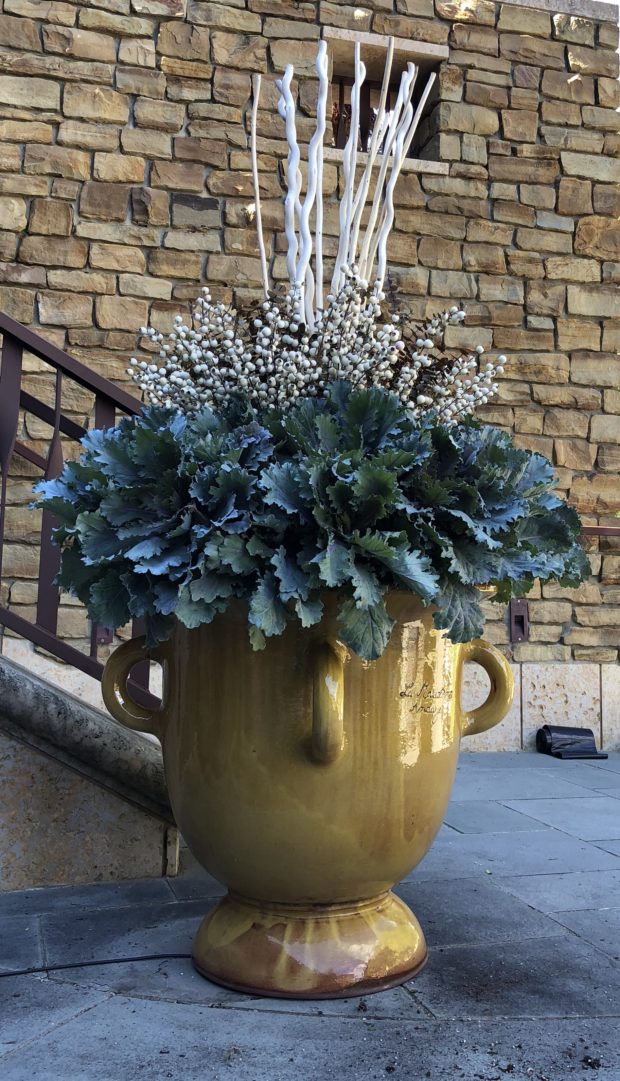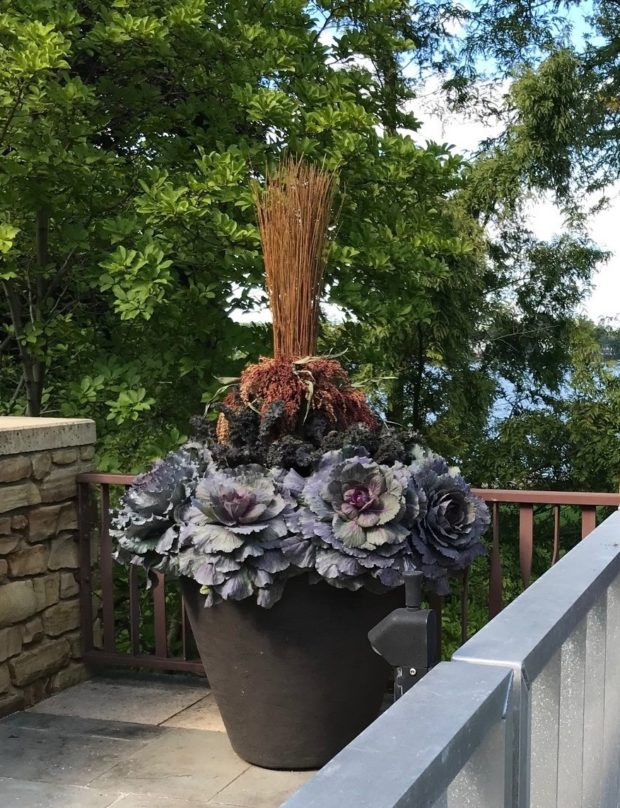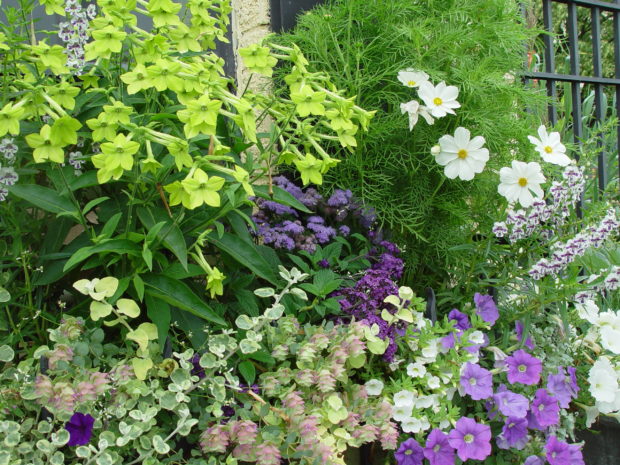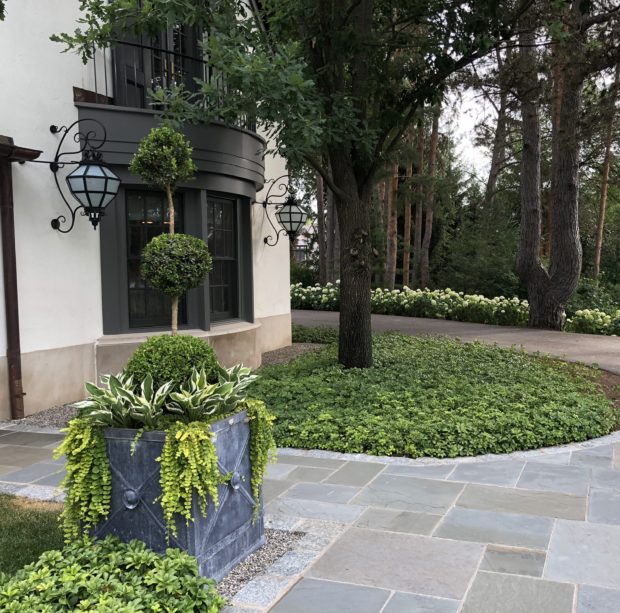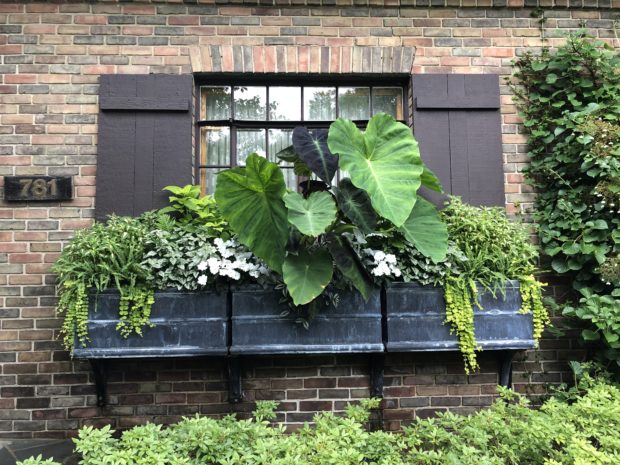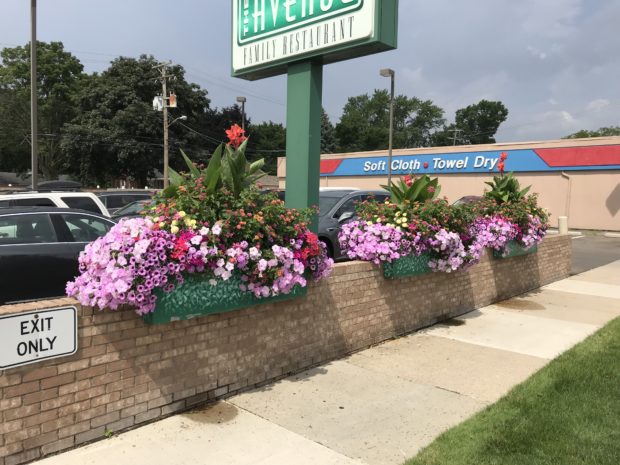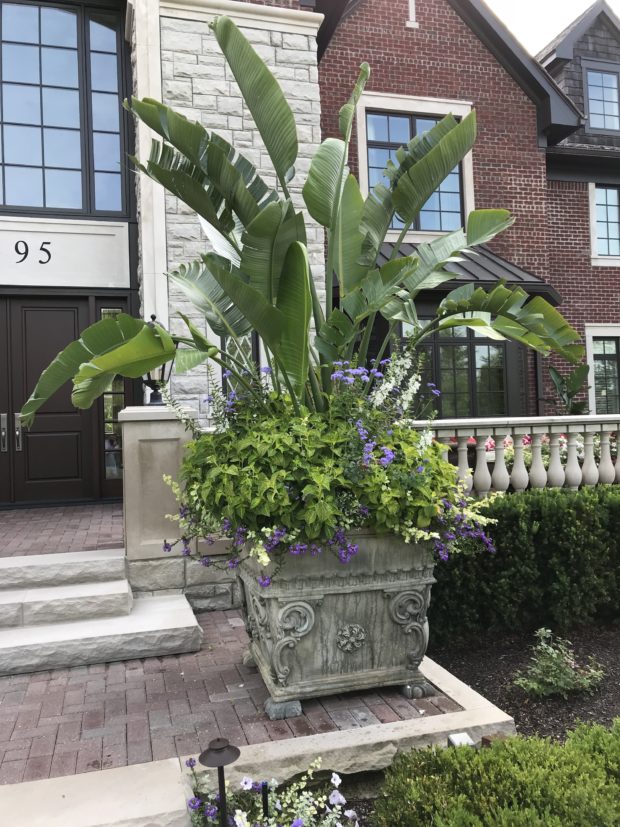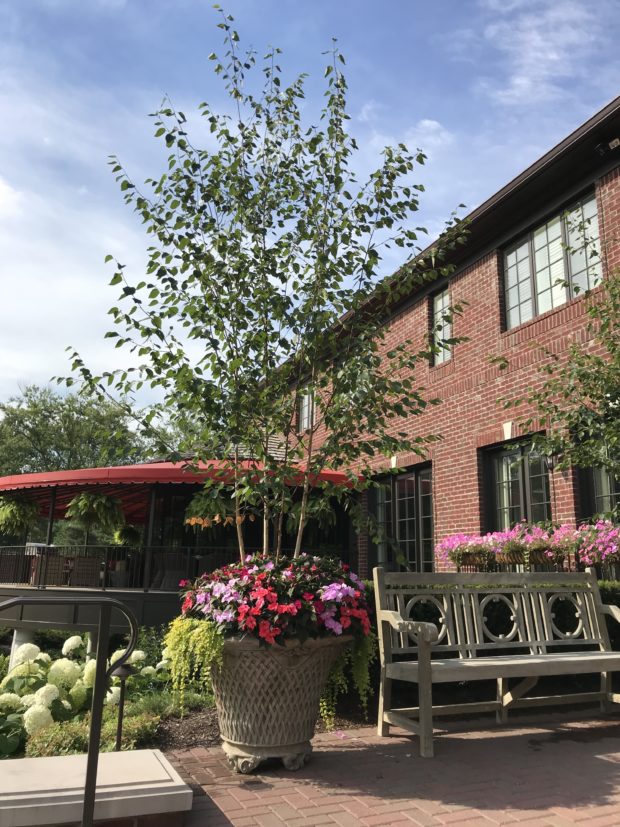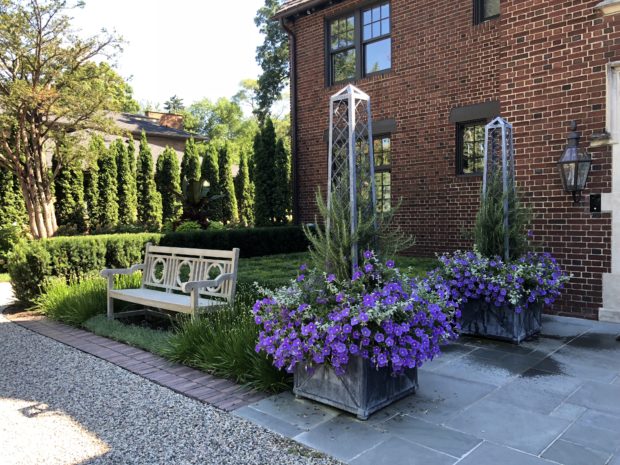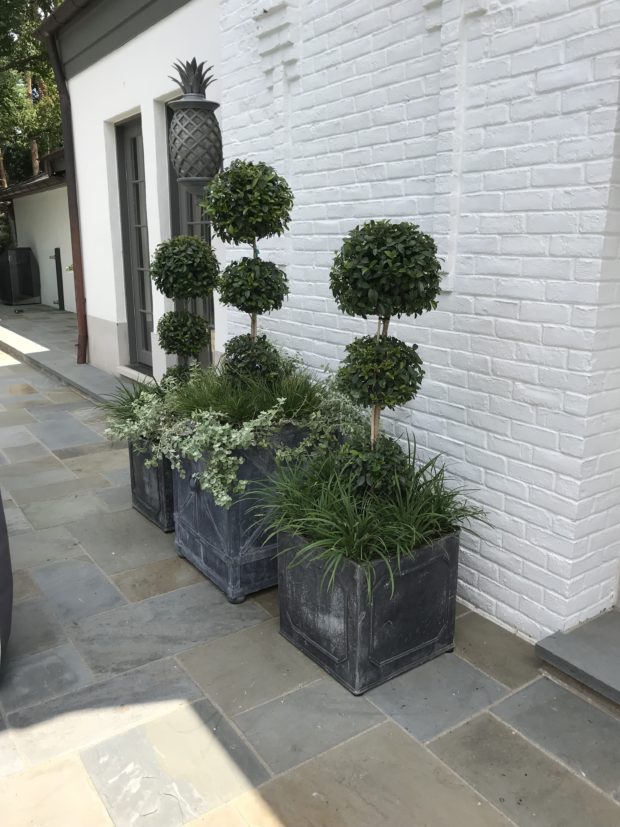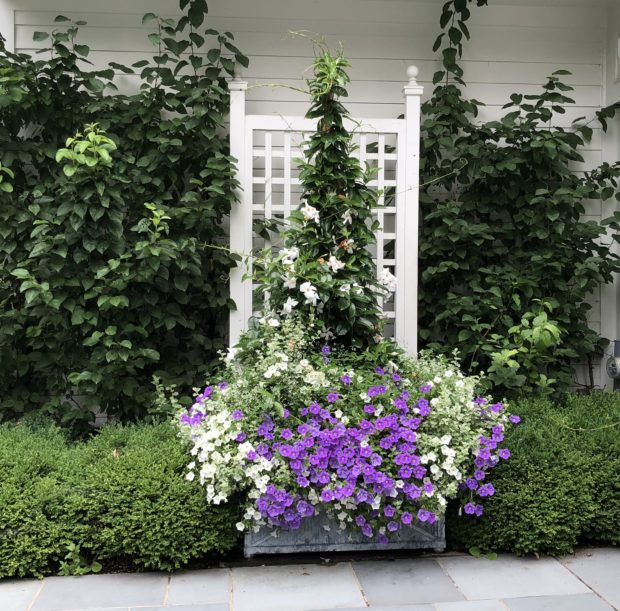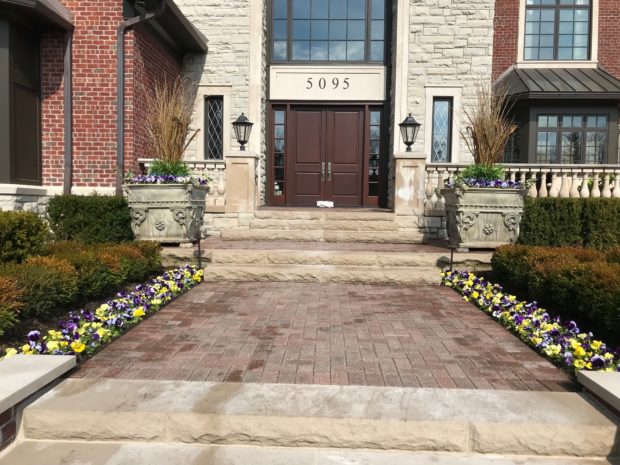 What was noteworthy about this past Tuesday, the second of April? We planted containers and flower beds at 5095 for spring, 3 weeks earlier than last year. Our first spring planting. The morning was decidedly chilly, but the afternoon was sunny and warm. I could not have been more pleased or content to be outside planting. It was great. Nor could I have been more happy that we could be outside working the beginning of April. Northern zone gardeners are stuck inside longing for another time and place- for the duration of the winter. By the end of March, I am impatient for the winter season to turn to spring. And grumpy every day that it doesn’t.
What was noteworthy about this past Tuesday, the second of April? We planted containers and flower beds at 5095 for spring, 3 weeks earlier than last year. Our first spring planting. The morning was decidedly chilly, but the afternoon was sunny and warm. I could not have been more pleased or content to be outside planting. It was great. Nor could I have been more happy that we could be outside working the beginning of April. Northern zone gardeners are stuck inside longing for another time and place- for the duration of the winter. By the end of March, I am impatient for the winter season to turn to spring. And grumpy every day that it doesn’t.
 The beginning of April is not always the beginning of our spring. Last year’s April was wintry in every regard. Mountains of snow deposited over the winter had no impetus to melt. The daytime temperatures were barely above freezing. The nights were plenty cold. The weather was conducive only to ice making. Giant piles of snow transformed by freeze and thaw into ice were everywhere. We planted this project April 22 last year. Embarrassingly late, that.
The beginning of April is not always the beginning of our spring. Last year’s April was wintry in every regard. Mountains of snow deposited over the winter had no impetus to melt. The daytime temperatures were barely above freezing. The nights were plenty cold. The weather was conducive only to ice making. Giant piles of snow transformed by freeze and thaw into ice were everywhere. We planted this project April 22 last year. Embarrassingly late, that.
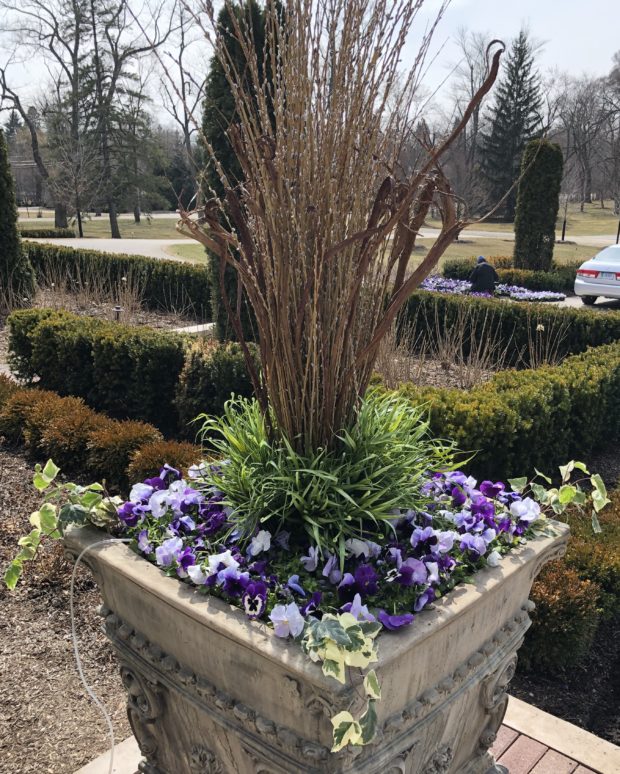 That I was outdoors on a sunny day with no more than a spring jacket to keep me warm was a good day indeed. I have more to be thankful for than this. My supplier of twigs sent an outstanding collection of fresh cut branches to us. That he farms willow and pussy willow provides great scale to my spring containers. Our pansies are fall sown, and over wintered in unheated greenhouses, so they are good to go outside the moment I take delivery. A whole collection of visually persuasive faux grasses-I thank Rob for them. They provide an intermediary layer between what is tall and what is short. These pots would be rather awkward without them.
That I was outdoors on a sunny day with no more than a spring jacket to keep me warm was a good day indeed. I have more to be thankful for than this. My supplier of twigs sent an outstanding collection of fresh cut branches to us. That he farms willow and pussy willow provides great scale to my spring containers. Our pansies are fall sown, and over wintered in unheated greenhouses, so they are good to go outside the moment I take delivery. A whole collection of visually persuasive faux grasses-I thank Rob for them. They provide an intermediary layer between what is tall and what is short. These pots would be rather awkward without them.
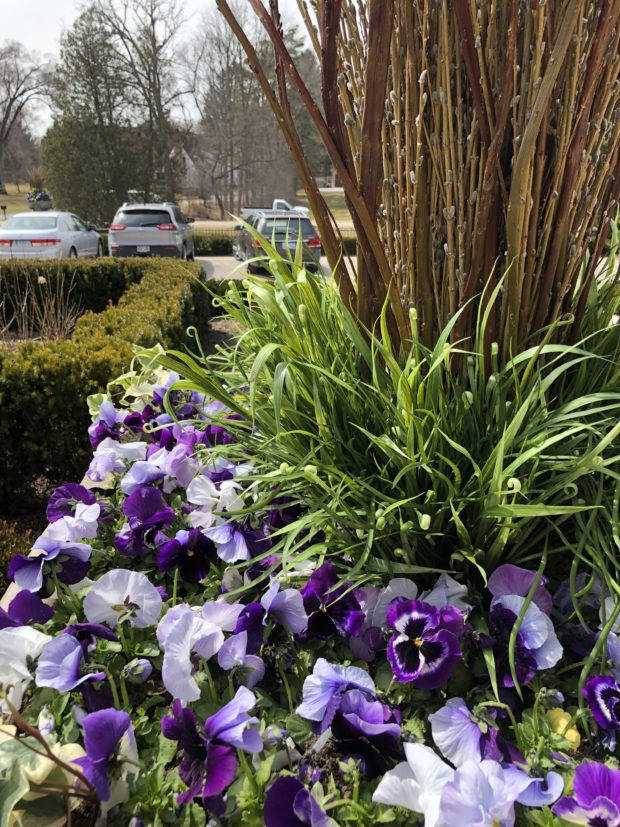 A sunny warm April day, some spring centerpieces of note, and a raft of thriving pansies is enough for this early spring day. I went home both happy and satisfied. Nothing in my garden has made itself known. Later spring will be a symphony. At home, and on the job. So many voices – so much to see. Spring in full blast is hard to keep track of. But this earliest moment, out planting, was the gift of the early season.
A sunny warm April day, some spring centerpieces of note, and a raft of thriving pansies is enough for this early spring day. I went home both happy and satisfied. Nothing in my garden has made itself known. Later spring will be a symphony. At home, and on the job. So many voices – so much to see. Spring in full blast is hard to keep track of. But this earliest moment, out planting, was the gift of the early season.
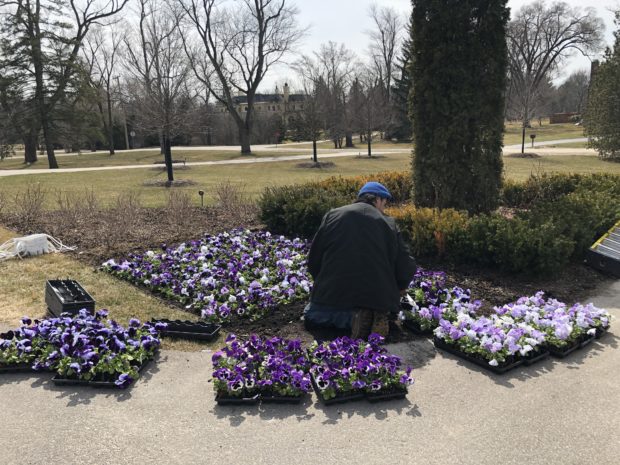 This bed full of a pansy mix will sparkle all season. Lavender shades, Delta Premium violet and white, and pansy beaconsfield mixed will shimmer. If you plan to mix varieties, 3 types provide a more even mix than 2.
This bed full of a pansy mix will sparkle all season. Lavender shades, Delta Premium violet and white, and pansy beaconsfield mixed will shimmer. If you plan to mix varieties, 3 types provide a more even mix than 2.
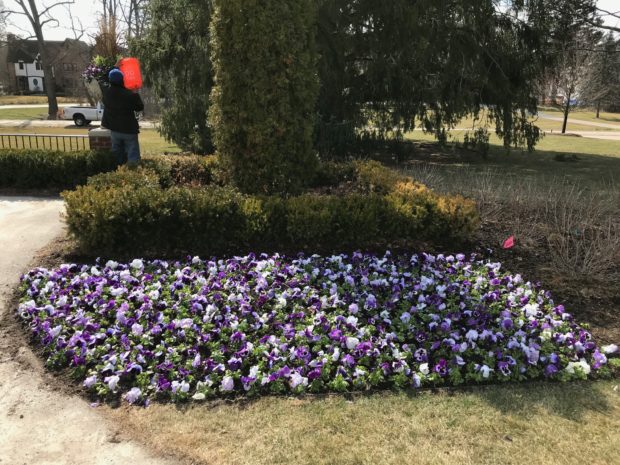 This bed of pansies will thrive well into June, should my client decide to delay her summer planting. She might be tempted this year to let this spring planting mature. I for one would be much happier planting her containers for summer in June. Both the soil and the air will have warmed up by then – just what seasonal tropical plants want.
This bed of pansies will thrive well into June, should my client decide to delay her summer planting. She might be tempted this year to let this spring planting mature. I for one would be much happier planting her containers for summer in June. Both the soil and the air will have warmed up by then – just what seasonal tropical plants want.
 Cool Wave Berries N Cream is a spreading/trailing pansy. It is perfect for those container plantings that ask for flowers spilling over the edge. This pansy is reputed to survive our winters with aplomb, should you decide to plant it in the ground. This urn was planted with hanging baskets of this pansy. The more mature size of the plants in the basket provide height and volume right from the start.
Cool Wave Berries N Cream is a spreading/trailing pansy. It is perfect for those container plantings that ask for flowers spilling over the edge. This pansy is reputed to survive our winters with aplomb, should you decide to plant it in the ground. This urn was planted with hanging baskets of this pansy. The more mature size of the plants in the basket provide height and volume right from the start.
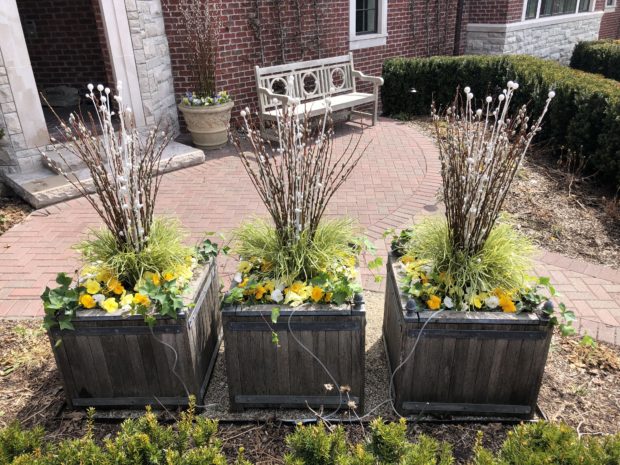 There are few signs of the perennial garden in this area. These spring pots provide some visual interest, in the meantime. Containers in every season can be a bridge from one garden moment to another, a landscape or garden idea tested in miniature, a laboratory for testing new plants – I do value what containers can bring to the garden.
There are few signs of the perennial garden in this area. These spring pots provide some visual interest, in the meantime. Containers in every season can be a bridge from one garden moment to another, a landscape or garden idea tested in miniature, a laboratory for testing new plants – I do value what containers can bring to the garden.
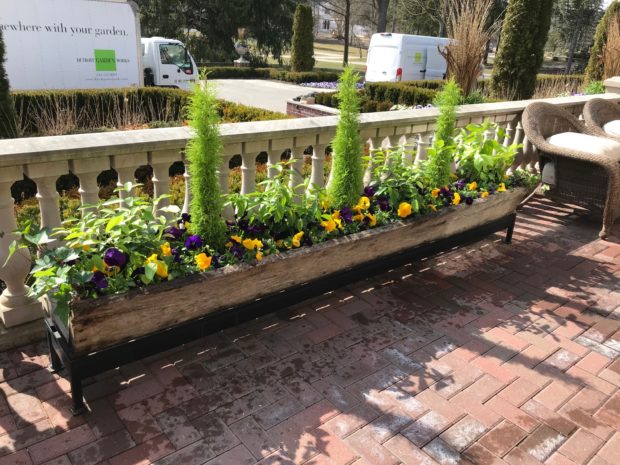 This long trough is my favorite of the group. The columnar lemon cypress will go on to ornament both the summer and fall planting here. Pots of Persian limes between the cypress will do the same. Yellow and violet pansies compliment the spring green. The summer green will be just as luscious.
This long trough is my favorite of the group. The columnar lemon cypress will go on to ornament both the summer and fall planting here. Pots of Persian limes between the cypress will do the same. Yellow and violet pansies compliment the spring green. The summer green will be just as luscious.
 Four large planters in the back yard are routinely planted with multi-trunked Himalayan white barked birch. We take them out of the pots in the fall, and winter them inside our landscape building. Very few woody plants are hardy over the winter in pots. With their roots above ground, they struggle to handle the extreme cold of our winters, and unexpected freeze and thaw cycles. Even though our building is unheated, it provides protection from winter wind and sun. As all of the leaves drop in the fall, they have no need for light in the winter months. The birch provide much needed scale to a rear terrace that is large, and a pair of doors from the inside that are very tall.
Four large planters in the back yard are routinely planted with multi-trunked Himalayan white barked birch. We take them out of the pots in the fall, and winter them inside our landscape building. Very few woody plants are hardy over the winter in pots. With their roots above ground, they struggle to handle the extreme cold of our winters, and unexpected freeze and thaw cycles. Even though our building is unheated, it provides protection from winter wind and sun. As all of the leaves drop in the fall, they have no need for light in the winter months. The birch provide much needed scale to a rear terrace that is large, and a pair of doors from the inside that are very tall.
 This is the first year I have under planted the birch for spring. On the terrace-flats of pansies and violas. The mix is lively, as I hoped it would be. Anyone who plants containers brings an idea about shape, mass, texture and color to their plantings. In this early spring container planting, color is a key element.
This is the first year I have under planted the birch for spring. On the terrace-flats of pansies and violas. The mix is lively, as I hoped it would be. Anyone who plants containers brings an idea about shape, mass, texture and color to their plantings. In this early spring container planting, color is a key element.
 Mixing plants implies a brew. I like this. Who knows what nature is brewing up next, but for now this spring brew tastes great.
Mixing plants implies a brew. I like this. Who knows what nature is brewing up next, but for now this spring brew tastes great.

